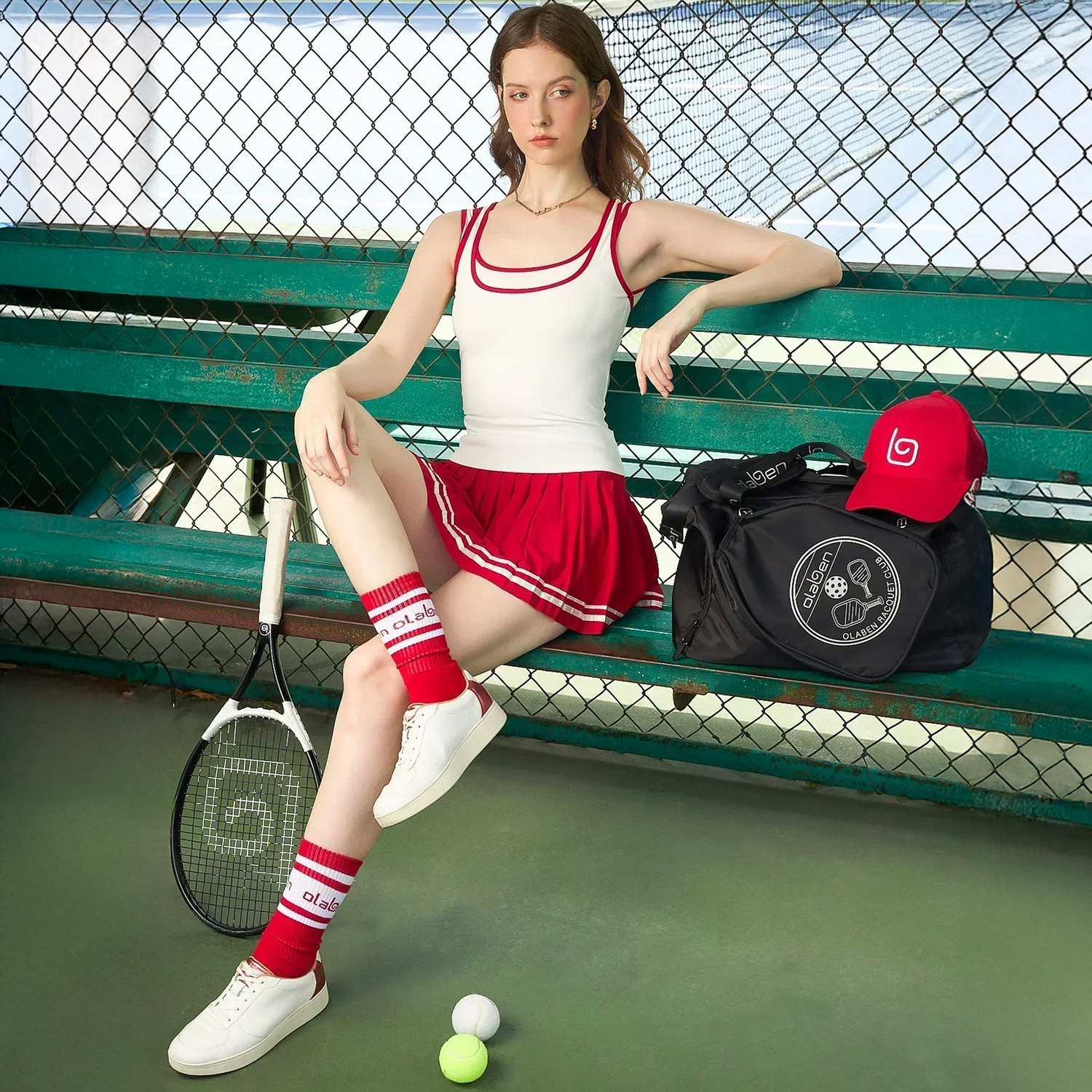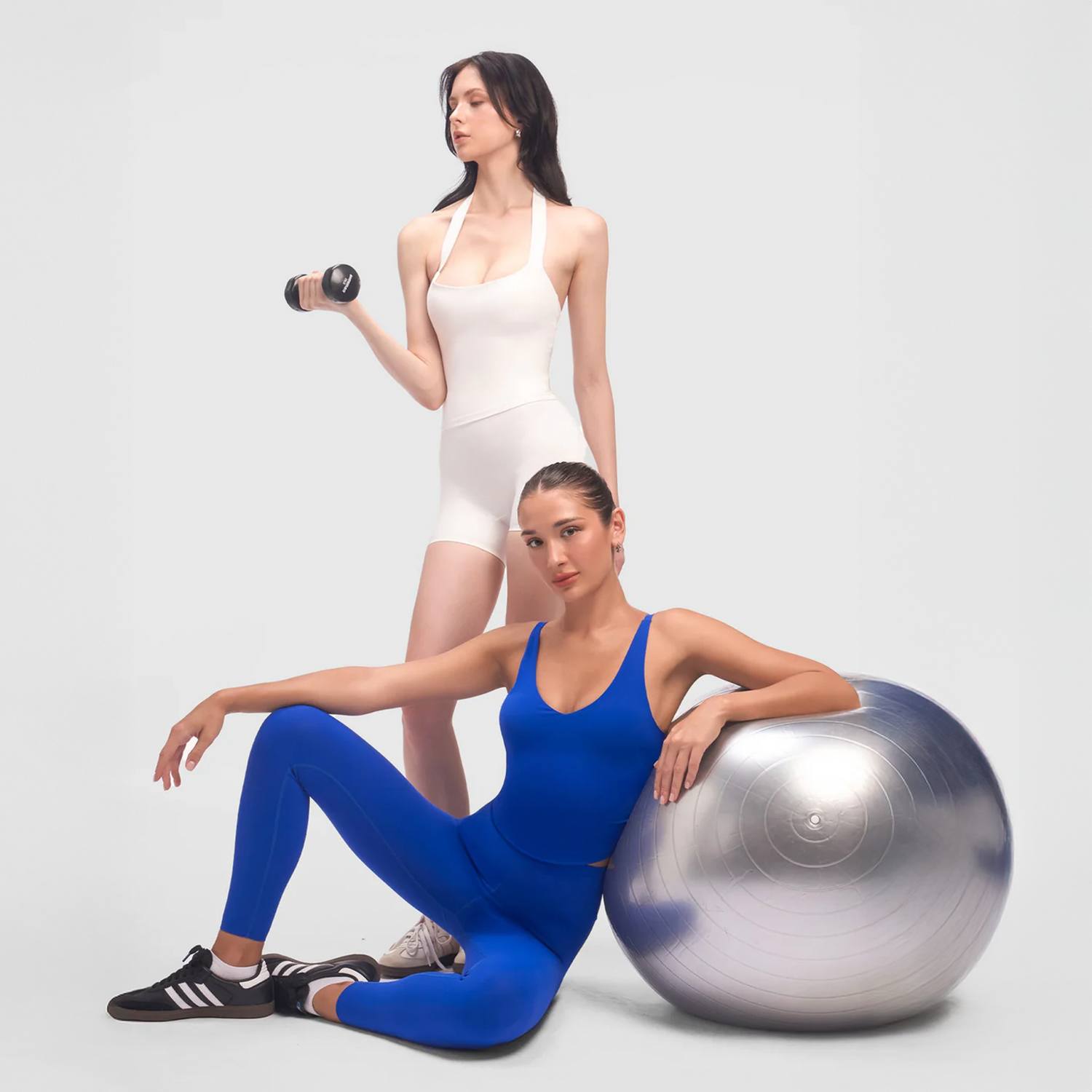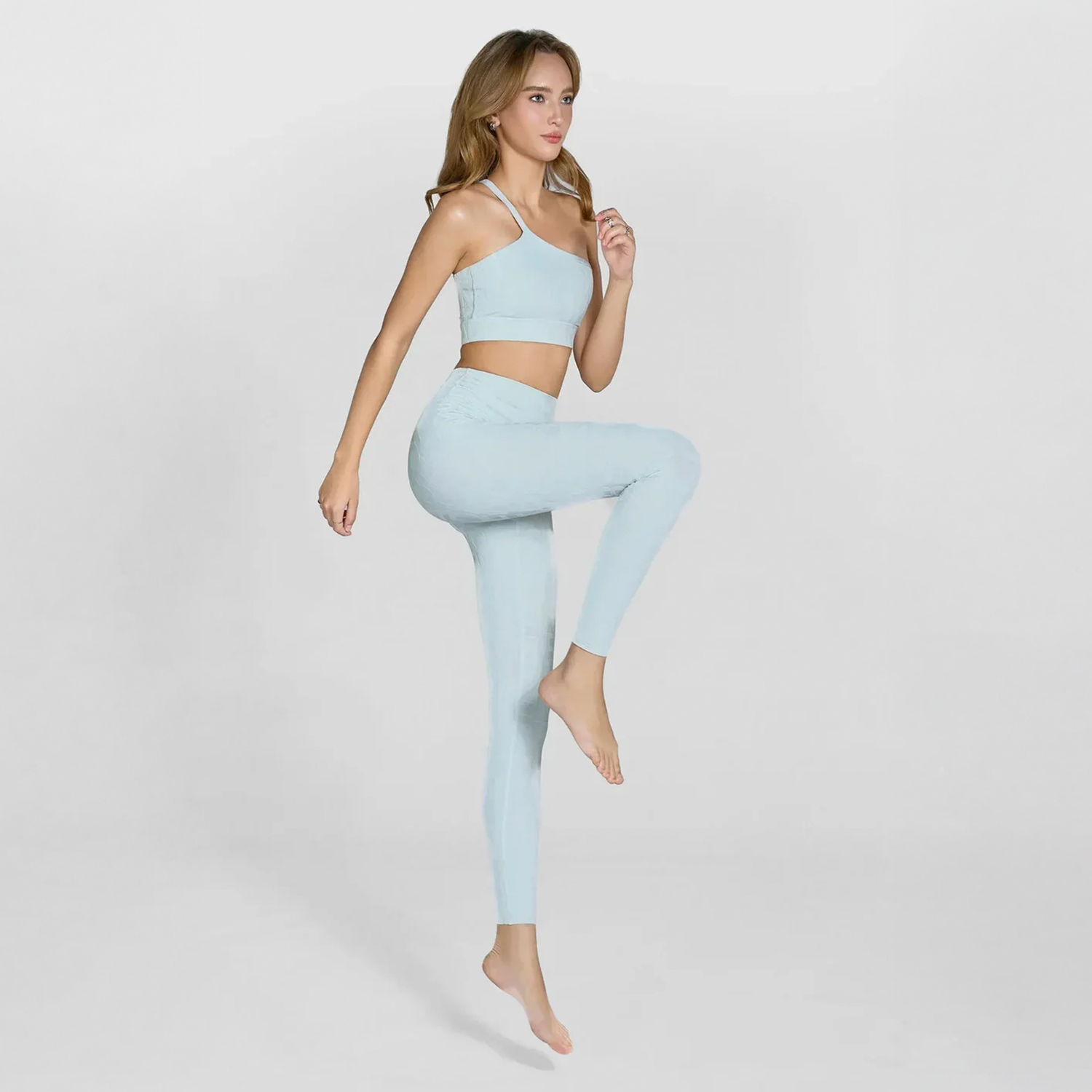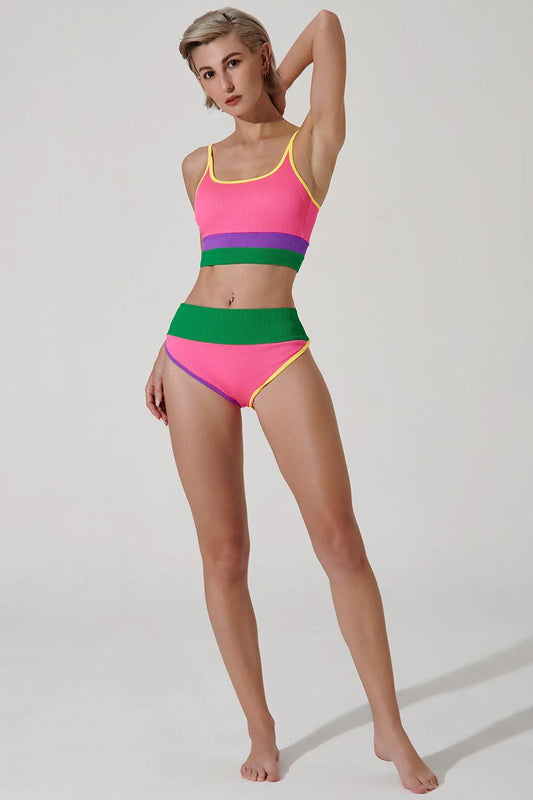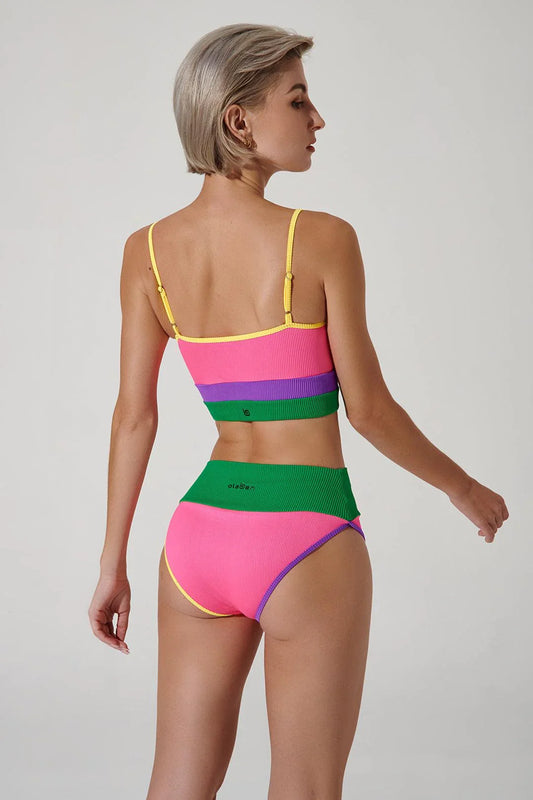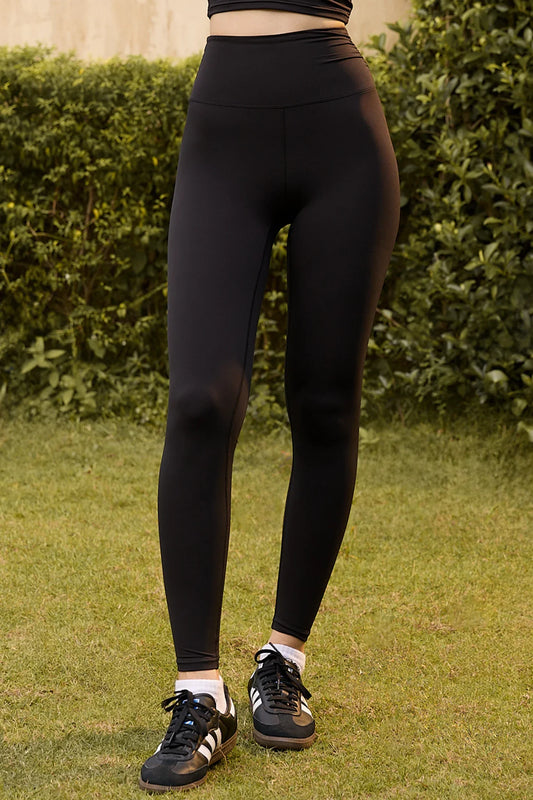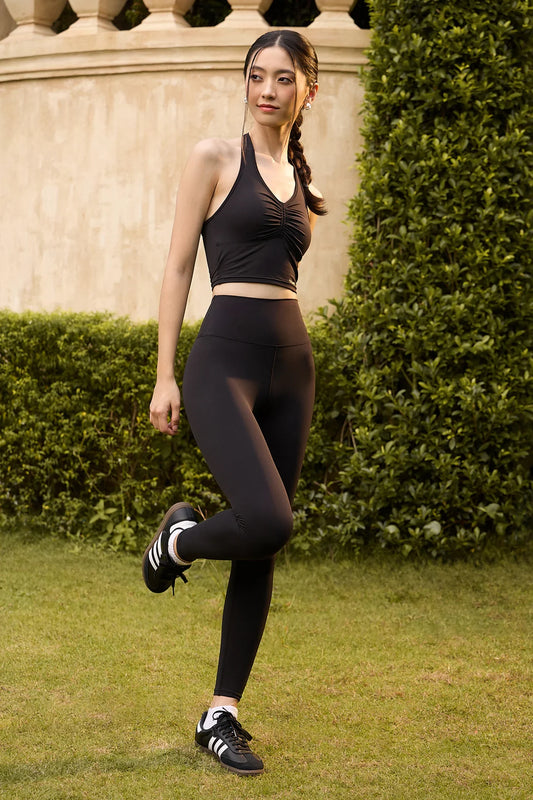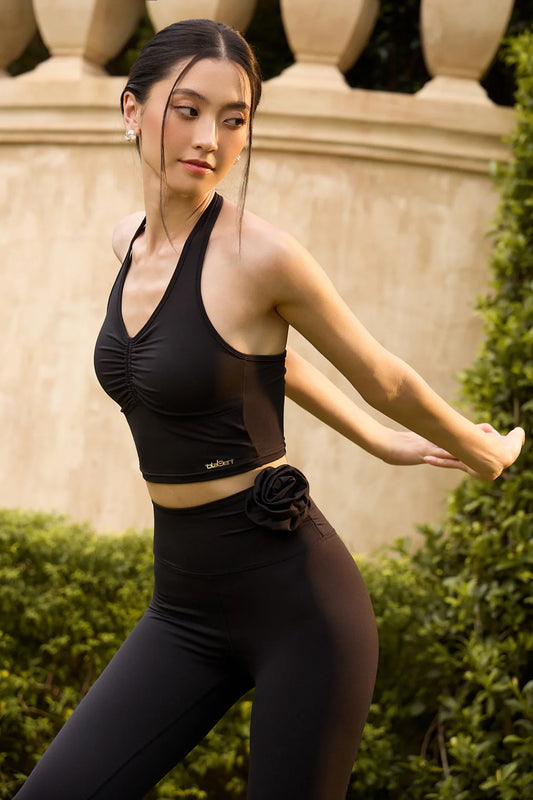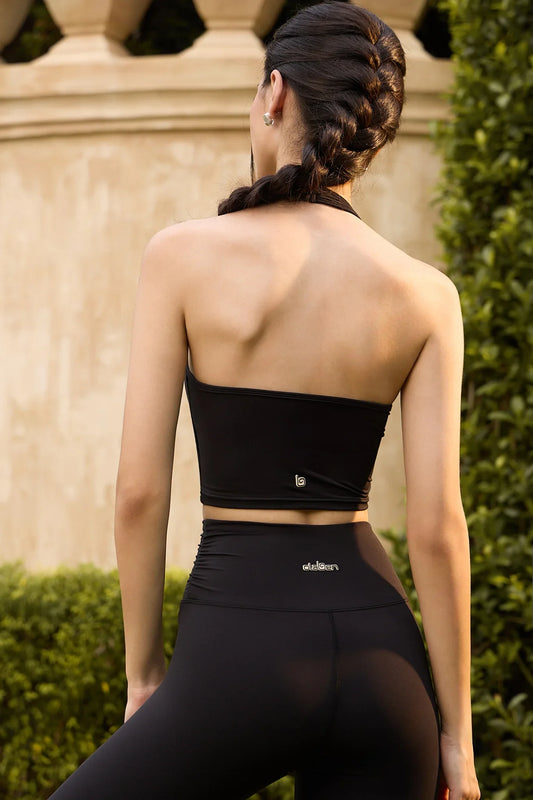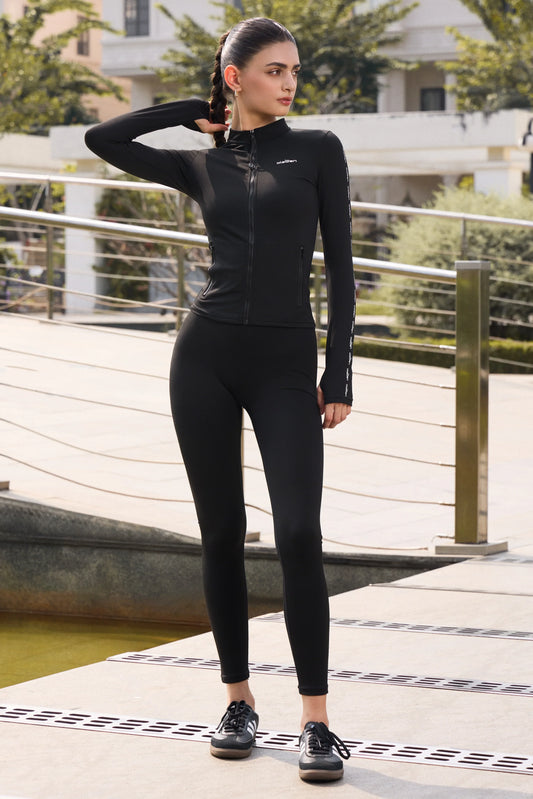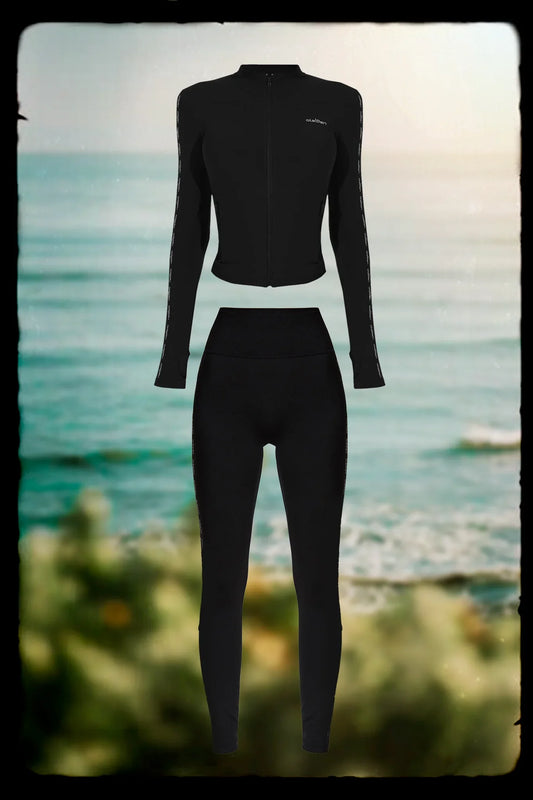If you’ve ever hit the gym on a hot day and thought, “Maybe I’ll cool off with a quick swim after this,” you’re not alone. With activewear becoming more versatile and stylish, many people wonder: can gym clothes be used for swimming?
The short answer: sometimes—but not always. While gym clothes and swimwear share some features, they’re designed for different purposes. In this guide, Olaben will break down the pros, cons, and what to look for if you want gym clothes that can handle both workouts and water.
Understanding the Difference: Gym Clothes vs. Swimwear
Before diving in (literally), it’s important to understand how gym wear and swimwear differ.
Gym Clothes
Gym or activewear is made to support movement, flexibility, and sweat management. Common fabrics include:
- Polyester and spandex blends for stretch and comfort
- Moisture-wicking technology to keep you dry during workouts
- Breathable mesh panels for ventilation
They’re great for running, yoga, weight training, and everyday wear—but not necessarily for saltwater or chlorine.

Swimwear
Swimwear is engineered for the opposite environment: wet conditions.
It’s designed to:
- Resist chlorine and saltwater damage
- Dry quickly after swimming
- Maintain shape when wet
- Protect against UV exposure
Typical swimwear fabrics include nylon, spandex (Lycra), or polyester blends treated to prevent sagging and fading.

Can You Use Gym Clothes for Swimming?
You can wear certain gym clothes in the pool or ocean—but it depends on the material and how often you plan to swim.
When It’s Okay
Some types of activewear are made with quick-dry, compressive, and chlorine-resistant fabrics that behave similarly to swimwear. These include:
- Hot yoga leggings (built for sweat and heat)
- Compression shorts or bike shorts
- Sports bras with minimal padding and solid construction
- Rash-guard style tops designed for outdoor training or surfing
If the label says “moisture-wicking,” “quick-dry,” or “chlorine-resistant,” you’re in luck—those materials can usually handle an occasional dip.
When to Avoid It
Traditional gym wear made from cotton or untreated polyester absorbs water easily, becoming heavy, saggy, and slow to dry.
It can:
- Increase drag in the water
- Lead to chafing and skin irritation
- Lose its shape after just a few swims
- Deteriorate faster due to chlorine or salt
So while gym clothes might look similar to swimwear, the performance isn’t the same.
Benefits of Wearing Gym Clothes for Swimming
If you choose the right pieces, gym clothes can offer several advantages when used for swimming:
- Versatility: Ideal for “gym-to-swim” activities such as beach workouts or post-run dips — no need to pack an extra outfit.
- Comfort and Fit: Compression leggings and sports bras provide solid support and flexibility, similar to swimwear.
- Modesty and Coverage: Great for those who prefer more coverage than a traditional bikini — options like full-length leggings or racerback tops add both style and confidence.
- Sun Protection: Many high-performance activewear fabrics come with built-in UPF 50+ protection, perfect for outdoor swimming, paddleboarding, or beach workouts.

Drawbacks of Using Gym Clothes for Swimming
While convenient, gym wear isn’t always made for water — here are a few things to watch out for:
- Water Retention: Most gym fabrics absorb water, becoming heavy and uncomfortable when soaked.
- Fabric Damage: Chlorine and saltwater can weaken synthetic fibers, causing stretching, fading, or early wear.
- Chafing and Irritation: Seams and fabrics that feel fine on land can rub painfully against wet skin.
- Shorter Lifespan: Even premium gym leggings may lose elasticity and color after repeated exposure to pool or sea water.
Final Thoughts: Should You Swim in Gym Clothes?
So, can gym clothes be used for swimming? Yes—if they’re quick-drying, snug-fitting, and chlorine-resistant.
However, for regular swimmers or intense water workouts, dedicated swimwear is still the better investment for durability, comfort, and performance.
If you love hybrid activities like beach bootcamps, paddleboarding, or post-run ocean dips, look for multi-sport activewear designed for both land and water use. It’s the best of both worlds — functionality meets fashion.

